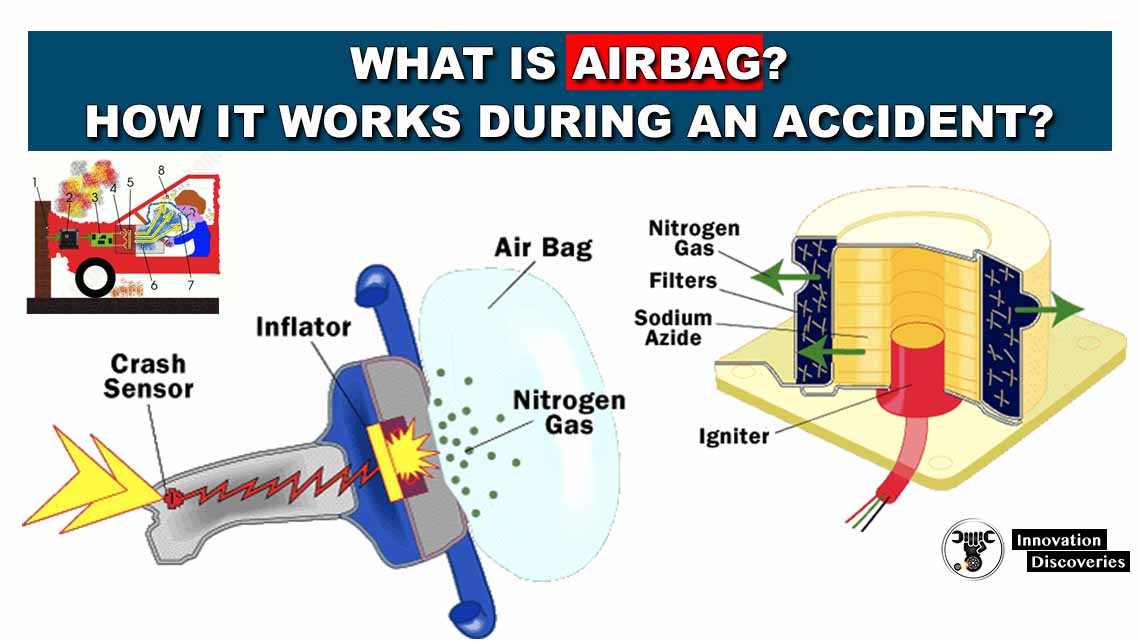
Airbags are a crucial safety feature in modern vehicles, designed to protect occupants during collisions. Understanding what an airbag is and how it functions during an accident can help drivers appreciate the technology that keeps them safe.
In this comprehensive guide, we will delve into the mechanics of airbags, their history, types, and the detailed process of how they work during an accident.

Introduction to Airbags
An airbag is a vehicle safety device that consists of a flexible fabric envelope or cushion designed to inflate rapidly during a collision.
Its primary purpose is to reduce injuries by providing a cushion that prevents occupants from striking the interior parts of the vehicle, such as the steering wheel, dashboard, or windows.
Brief History of Airbags
The concept of airbags dates back to the 1950s, but it wasn’t until the 1980s that they became standard in many vehicles.
The first commercial use of airbags was in the 1970s, with General Motors and Ford introducing them in select models. By the late 1990s, airbags had become a mandatory safety feature in many countries.
Types of Airbags
There are several types of airbags installed in modern vehicles, each designed to protect different parts of the body:
- Frontal Airbags: These are the most common type, located in the steering wheel and dashboard. They protect the driver and front passenger during frontal collisions.
- Side Airbags: Installed in the seats or doors, these airbags protect the torso and pelvis during side impacts.
- Curtain Airbags: These deploy from the roof lining above the side windows, providing head protection during side collisions and rollovers.
- Knee Airbags: Positioned below the dashboard, they protect the knees and legs of the driver and front passenger.
- Rear Passenger Airbags: These protect rear-seat occupants during frontal and side impacts.
How Airbags Work During an Accident
The functioning of an airbag during an accident is a complex process that involves several components and steps. Here’s a detailed look at how it all happens:
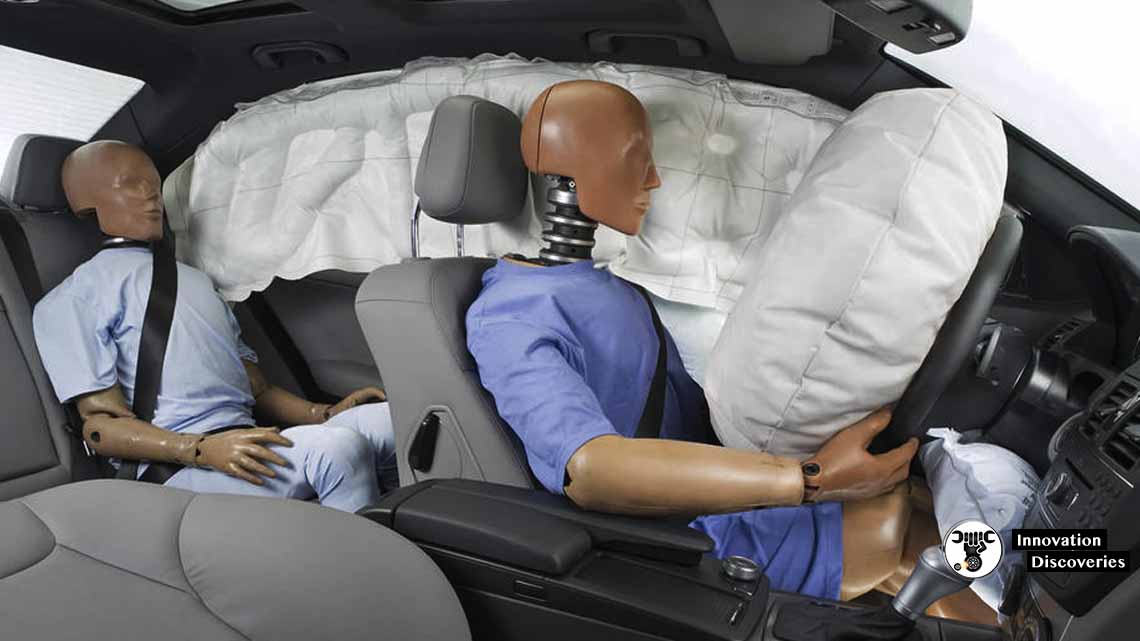
Components of an Airbag System
- Crash Sensors: These sensors detect sudden deceleration indicative of a collision. They are usually placed in the front and sides of the vehicle.
- Airbag Inflator: This device generates gas to inflate the airbag. It contains a chemical propellant that reacts rapidly to produce nitrogen gas.
- Airbag Module: The module includes the airbag cushion, the inflator unit, and a protective housing.
- Electronic Control Unit (ECU): The ECU monitors signals from the crash sensors and decides when to deploy the airbags.
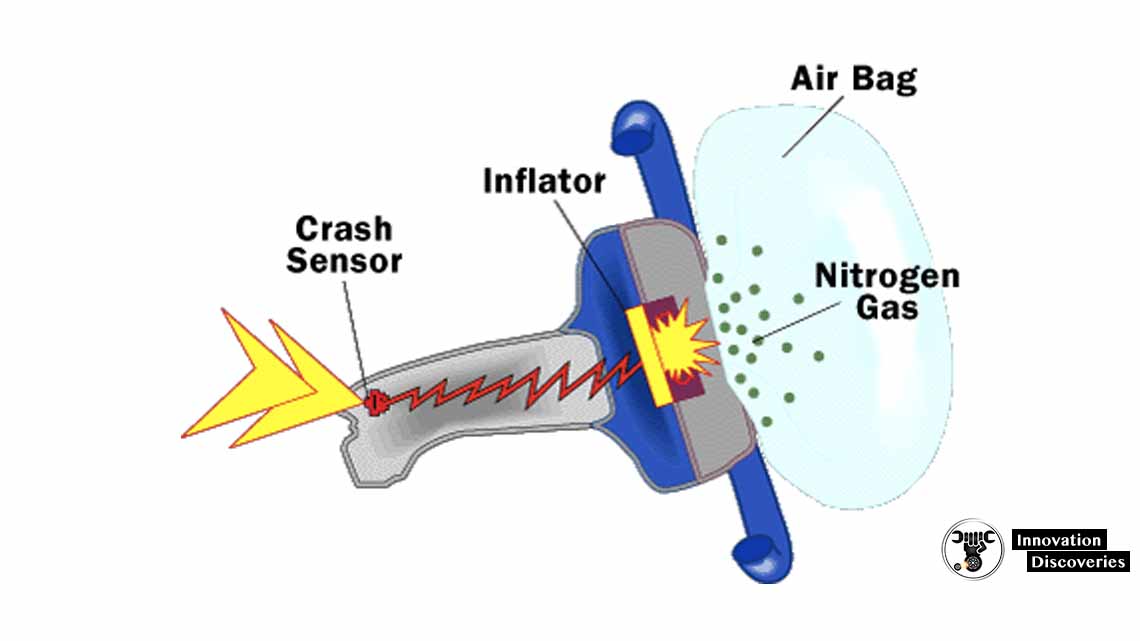
Step-by-Step Process of Airbag Deployment
- Collision Detection: When a vehicle is involved in a collision, the crash sensors detect a rapid deceleration. The threshold for deployment varies but is typically set around a speed change of 15-25 mph for frontal impacts.
- Signal Transmission: The sensors send a signal to the ECU, indicating that a collision has occurred.
- Evaluation by ECU: The ECU processes the sensor data to determine the severity of the collision. If the data indicates a severe impact, the ECU sends an electrical signal to the airbag inflator.
- Inflator Activation: The signal activates the chemical propellant inside the inflator. This propellant undergoes a rapid exothermic reaction, producing a large volume of nitrogen gas in a fraction of a second.
- Airbag Inflation: The generated gas inflates the airbag, causing it to burst out of its storage compartment (steering wheel, dashboard, seat, or door panel) and fill the space between the occupant and the vehicle’s interior parts.
- Occupant Protection: As the airbag inflates, it provides a cushion that helps to reduce the impact forces on the occupant’s body. The airbag starts deflating immediately through small vent holes, which helps to absorb the energy of the occupant’s motion and reduce the risk of injury from the airbag itself.

Timing is Critical
The entire process, from collision detection to full inflation of the airbag, occurs in about 25-50 milliseconds. This rapid response is crucial for the airbag to provide effective protection.
Benefits of Airbags
Airbags have significantly reduced the severity of injuries in accidents. Here are some key benefits:
- Reduction in Fatalities: Airbags, when used in conjunction with seat belts, have been proven to reduce fatalities in frontal crashes by about 30%.
- Minimization of Injuries: Airbags help in reducing the severity of injuries, particularly to the head, neck, and chest.
- Supplemental Protection: They provide an additional layer of protection that complements the use of seat belts.
Limitations and Safety Considerations
While airbags are highly effective, there are certain limitations and safety considerations:
- Proper Use of Seat Belts: Airbags are designed to work with seat belts, not replace them. Seat belts help to position the occupant correctly, ensuring the airbag provides optimal protection.
- Risk to Children: Airbags can pose a risk to small children and infants if they are not seated properly. Children under 13 should always sit in the rear seats, and infants should be in rear-facing child seats.
- Maintenance and Inspection: Regular maintenance and inspection of the airbag system are essential to ensure it functions correctly when needed. Any issues with the airbag system should be addressed promptly by a professional mechanic.
Conclusion
Airbags are a vital component of modern vehicle safety systems, offering significant protection during accidents.
Understanding how airbags work can help drivers appreciate the importance of this technology and take necessary precautions to ensure it functions correctly.
Always remember to use seat belts, position children properly, and maintain your vehicle’s safety systems for optimal protection on the road.
Discover More:
Visit Forum
Visit Our Friendly Website


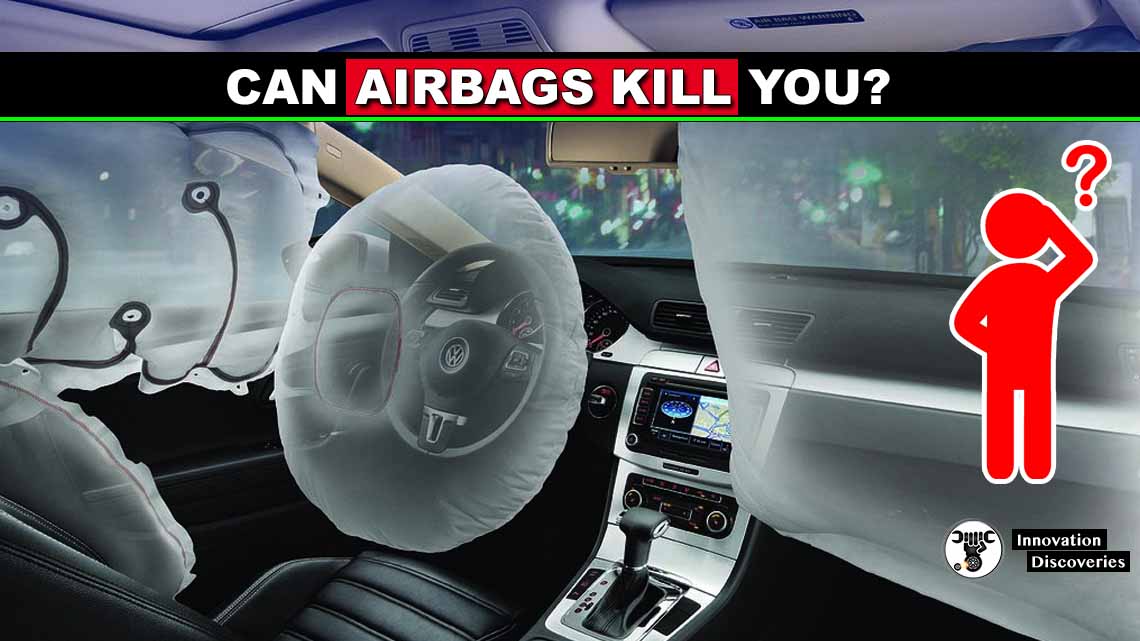
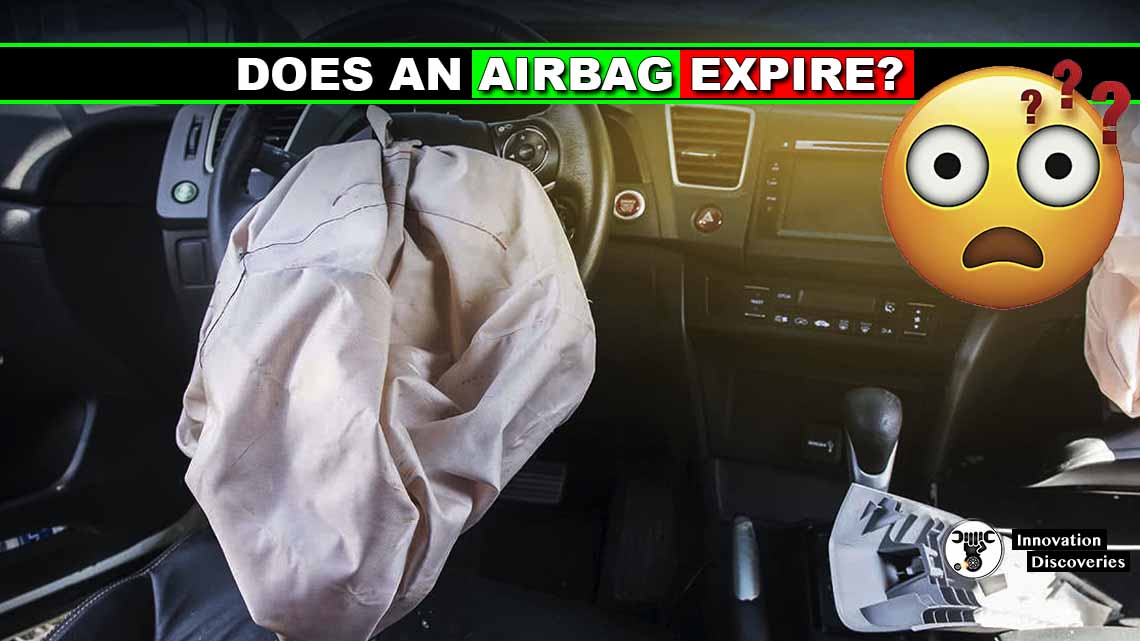
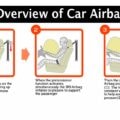

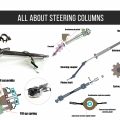
3 Comments